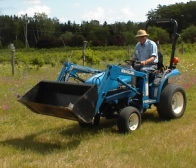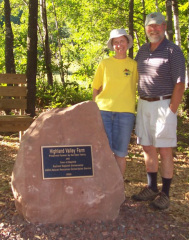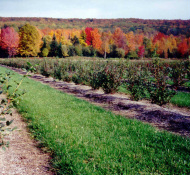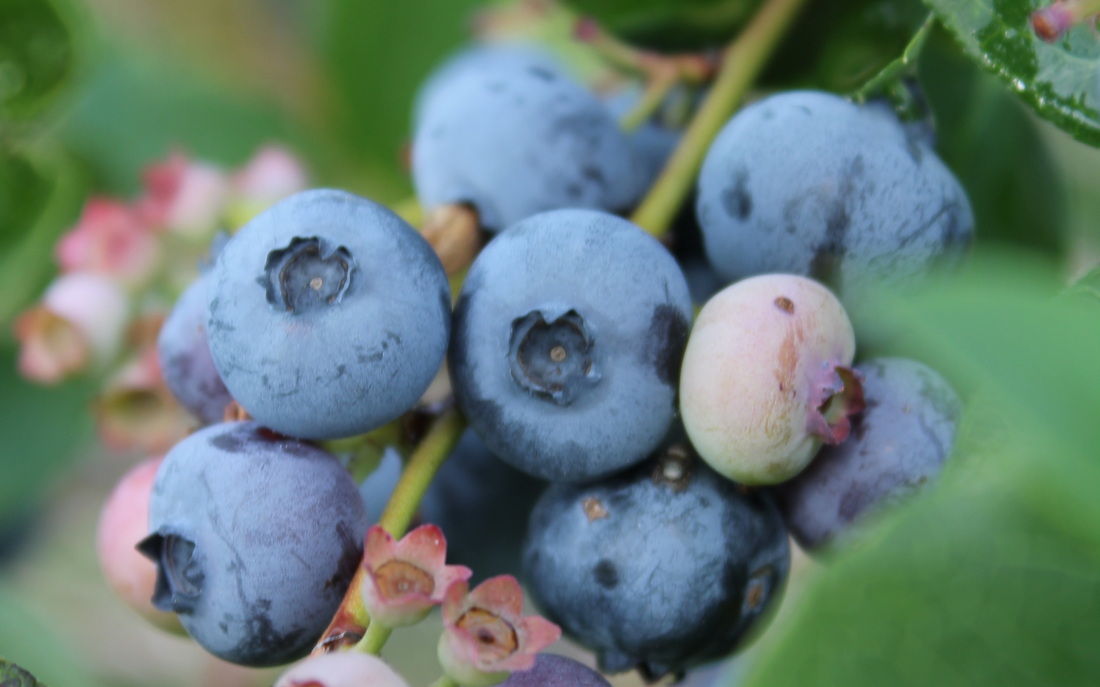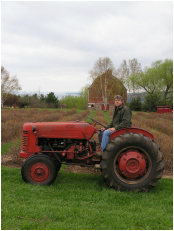- Home
-
What We Do
- Where We Work >
- Preserve Your Land >
-
Trails & Public Land Preservation
>
- Big Ravine and Nature Trail >
- Brownstone Trail
- Cornucopia Beach
- Frog Bay Tribal National Park
- Gil Larsen Nature Trail
- Houghton Falls Nature Preserve
- Jerry Jay Jolly Trails
- Lincoln Community Forest >
- Lost Creek Bog State Natural Area
- Mt. Ashwabay
- Nourse Sugarbush State Natural Area
- White River Fisheries Area
- North Pikes Creek Wetlands Community Forest >
- Siskiwit River Estuary Preserve Project
- Tyler Forks Community Forest Project
- Geocaching
- Northern WI Sasquatch Preserve
- Other Initiatives & Partnerships
- How You Can Help/Donate
- About BRC
- What's Happening
- Store
_Bayfield Regional Conservancy ~ 33 N. 1st Street, Bayfield, WI 54814 ~ 715.779.5263 ~ [email protected]
Proudly powered by Weebly
- Home
-
What We Do
- Where We Work >
- Preserve Your Land >
-
Trails & Public Land Preservation
>
- Big Ravine and Nature Trail >
- Brownstone Trail
- Cornucopia Beach
- Frog Bay Tribal National Park
- Gil Larsen Nature Trail
- Houghton Falls Nature Preserve
- Jerry Jay Jolly Trails
- Lincoln Community Forest >
- Lost Creek Bog State Natural Area
- Mt. Ashwabay
- Nourse Sugarbush State Natural Area
- White River Fisheries Area
- North Pikes Creek Wetlands Community Forest >
- Siskiwit River Estuary Preserve Project
- Tyler Forks Community Forest Project
- Geocaching
- Northern WI Sasquatch Preserve
- Other Initiatives & Partnerships
- How You Can Help/Donate
- About BRC
- What's Happening
- Store
